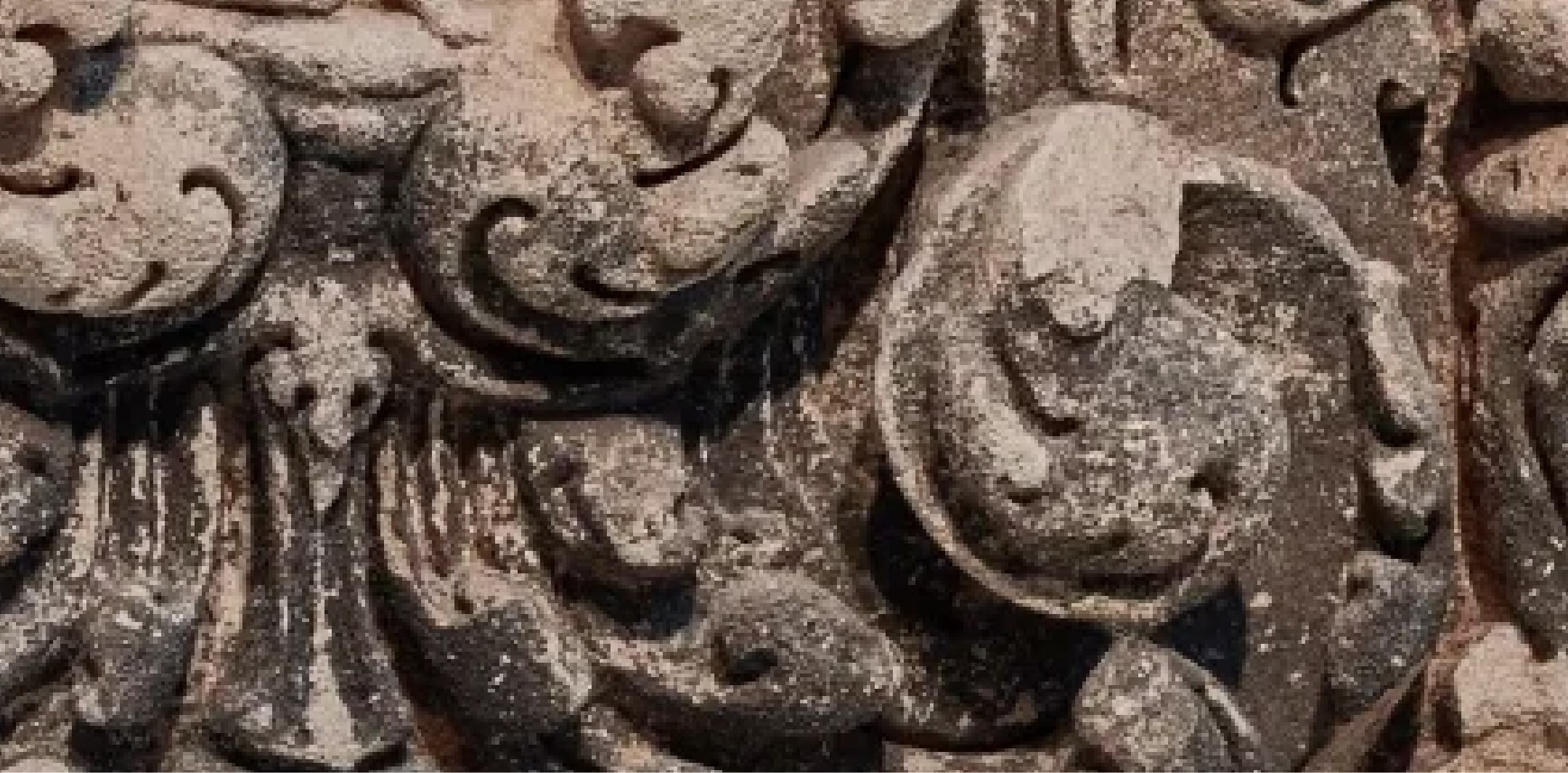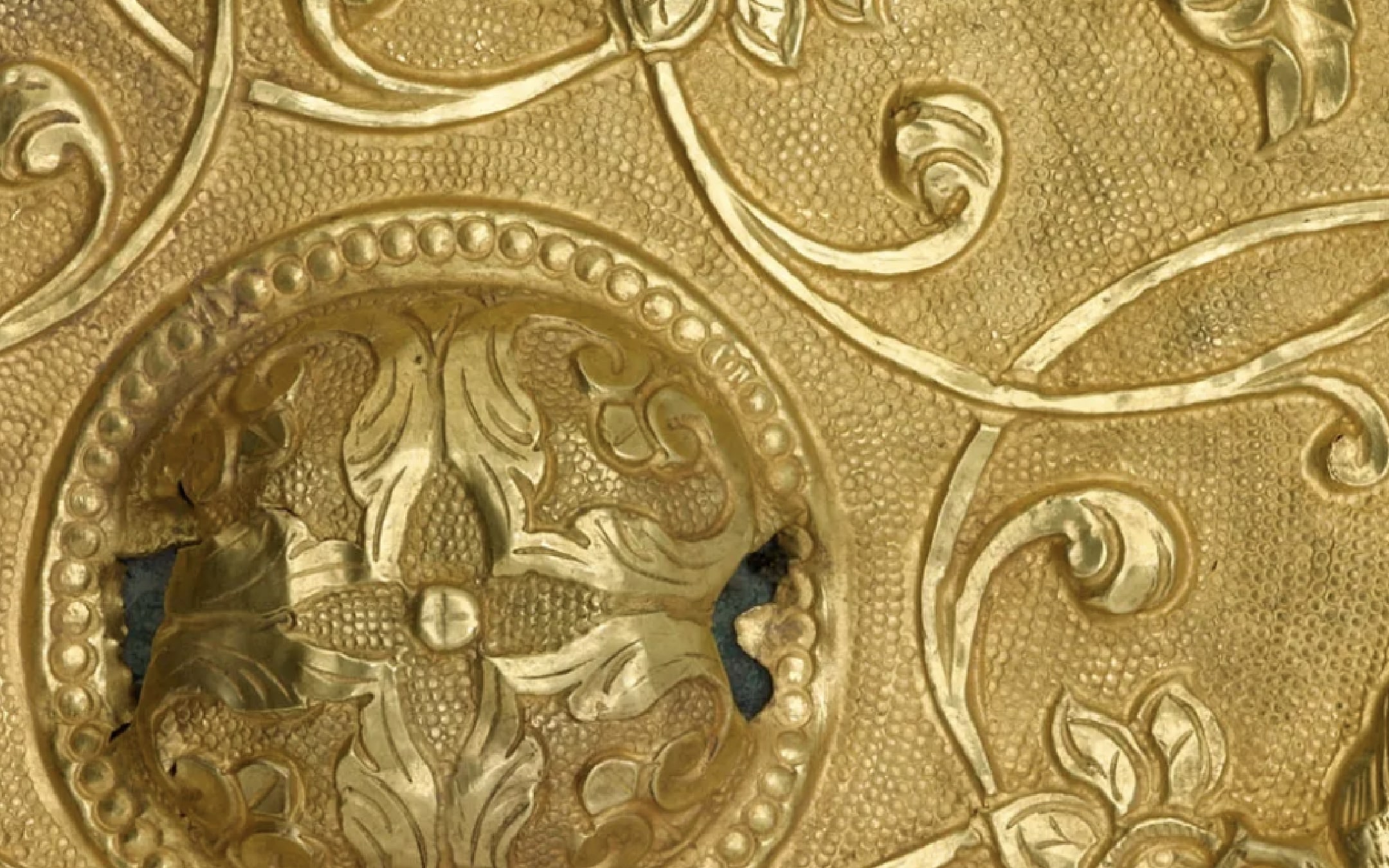Folio from a Khamsa (Quintet) by Nizami (d.1209); recto: Bahram Gur hunts with Azada; verso: text, Bahram Gur's letter to Manzar-i Arab, Response of Manzar-i Arab to Bahram Gur's letter

Terms of Use
Usage Conditions ApplyAt A Glance
-
Period
circa 1580 -
Geography
Shiraz, Iran -
Material
Ink, opaque watercolor and gold on paper -
Dimension
H x W: 31.1 x 20 cm (12 1/4 x 7 7/8 in) -
Accession Number
S1986.276 -
EDAN ID
edanmdm:fsg_S1986.276
Object Details
-
Description
Detached folio from a dispersed copy of the Haft paykar from a Khamsa (Quintet) by Nizami; text: Persian in black nasta'liq script; recto: Bahram Gur hunts with Azada; verso: text: Bahram Gur's letter to Manzar-i Arab, Response of Manzar-i Arab to Bahram Gur's letter, headings in red, four columns, twenty-five lines.Border: The text and the painting are set in gold, black and blue rulings on cream-colored paper. -
Inscriptions
Upper left corner: recto, "image…" -
Collection
Arthur M. Sackler Collection -
Exhibition History
The Art of Painting a Story: Narrative Images from Iran (December 22, 1991 to May 10, 1992) -
Origin
Shiraz, Iran -
Credit Line
Purchase — Smithsonian Unrestricted Trust Funds, Smithsonian Collections Acquisition Program, and Dr. Arthur M. Sackler -
Type
Manuscript -
Restrictions and Rights
Usage Conditions Apply
There are restrictions for re-using this media. For more information, visit the Smithsonian's Terms of Use page.
The information presented on this website may be revised and updated at any time as ongoing research progresses or as otherwise warranted. Pending any such revisions and updates, information on this site may be incomplete or inaccurate or may contain typographical errors. Neither the Smithsonian nor its regents, officers, employees, or agents make any representations about the accuracy, reliability, completeness, or timeliness of the information on the site. Use this site and the information provided on it subject to your own judgment. The National Museum of Asian Art welcomes information that would augment or clarify the ownership history of objects in their collections.
Keep Exploring
-
Related Resources
-
Date
-
Place
-
Topic
-
Culture
-
Object Type

